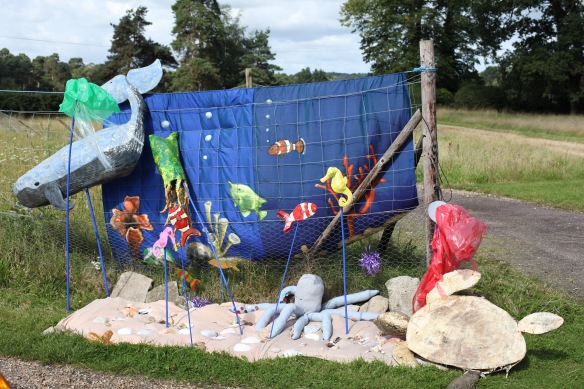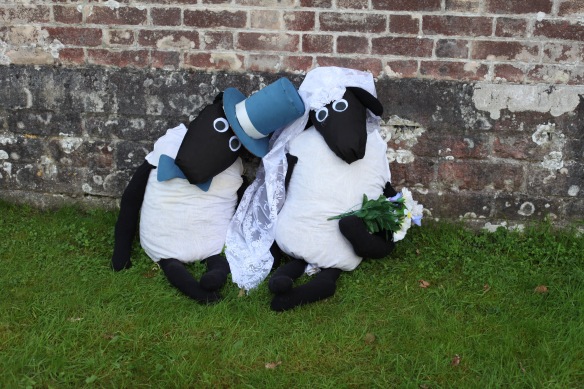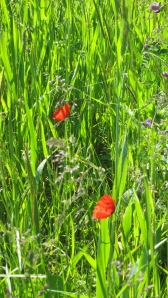John Wain writes a good story. His ‘The Pardoner’s Tale’, which I finished reading last night, uses the device of a novel within a novel, fusing two stories together by an ingenious means which I will not reveal, but which soon becomes clear. The narrative moves along nicely. Published by MacMillan in 1978, the work traces the transient development of sexual relationships, leaving the reader to use his or her imagination as to the exact nature of the coupling. Following his example I will not provide too much information, thus diminishing the reader’s curiosity.
It is almost fifty years since I last read Chaucer’s tale from which I thought Wain must have taken his inspiration. I therefore read that again this morning. Strangely enough, although about gluttony and other lusts, this cautionary tale did not cover sex. This had me puzzled until I explored the pardoner’s motto: ‘radix malorum est cupiditas’ which translates as ‘greed, or desire, is the root of all evil’. (Don’t get excited – Latin gave me up at school, so I had to look this up.) Thus, our modern author focuses on the desire for ideal sexual relationships.
My Chaucer reading was from my Folio Society copy of The Canterbury Tales (1974)
illustrated with woodcuts by Edna Whyte, and translated into modern English by Nevill Coghill.
On the afternoon of this dismally dripping day, Jackie drove me into the forest where
beside the green at Pilley, sodden ponies scoured pasturage near the replenished old quarry
lake.
Cattle, as usual, occupied the aptly named Bull Hill, further down which
a duck paddled among the reflected branches of a tree in a garden where it would have waddled in the summer.
A clutch of chickens raking over a heap of straw across the road scurried off as I approached. Not so the cock of the roost who gave me the evil eye and continued combing.
This evening we dined on Jackie’s toothsome sausage casserole; boiled potatoes; and firm carrots, cauliflower, and broccoli with which I drank Nero d’Avola 2014.






























